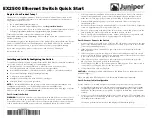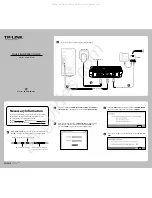
6
Configuring static routing
Hardware compatibility
The A5500 SI Switch Series does not support VPN and BFD related parameters or FRR.
Introduction
Static route
Static routes are manually configured. If a network's topology is simple, you only need to configure static
routes for the network to work properly. The proper configuration and usage of static routes can improve
network performance and ensure bandwidth for important network applications.
Static routes cannot adapt to network topology changes. If a fault or a topological change occurs in the
network, the relevant routes will be unreachable and the network breaks. When this happens, the
network administrator must modify the static routes manually.
The term "router" in this chapter refers to both routers and Layer 3 switches.
Default route
Without a default route, a packet that does not match any routing entries is discarded.
A default route is used to forward packets that do not match any routing entry. It can be configured in
either of the following ways:
•
The network administrator can configure a default route with both the destination and mask being
0.0.0.0. The router forwards any packet whose destination address fails to match any entry in the
routing table to the next hop of the default static route.
•
Some dynamic routing protocols, such as OSPF, RIP, and IS-IS, can also generate a default route.
For example, an upstream router running OSPF can generate a default route and advertise it to
other routers, which install the default route with the next hop being the upstream router.
Static route configuration items
Before you configure a static route, you must know the following concepts:
•
Destination address and mask
In the
ip route-static
command, an IPv4 address is in dotted decimal notation. A mask can be
either in dotted decimal format or in the form of mask length—the number of consecutive 1s in the
mask.
•
Output interface and next hop address
When you configure a static route, specify either the output interface, next hop address, or both
depending on the specific occasion. The next hop address cannot be a local interface IP address;
otherwise, the route configuration will not take effect.
Each route lookup operation has to find the next hop to resolve the destination link layer address.
















































